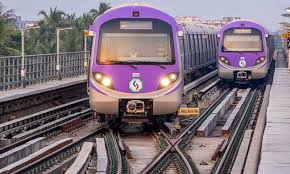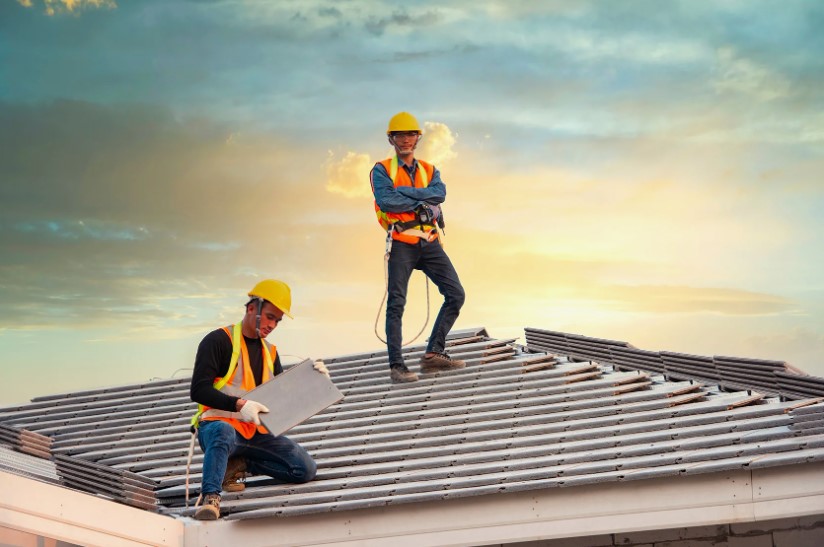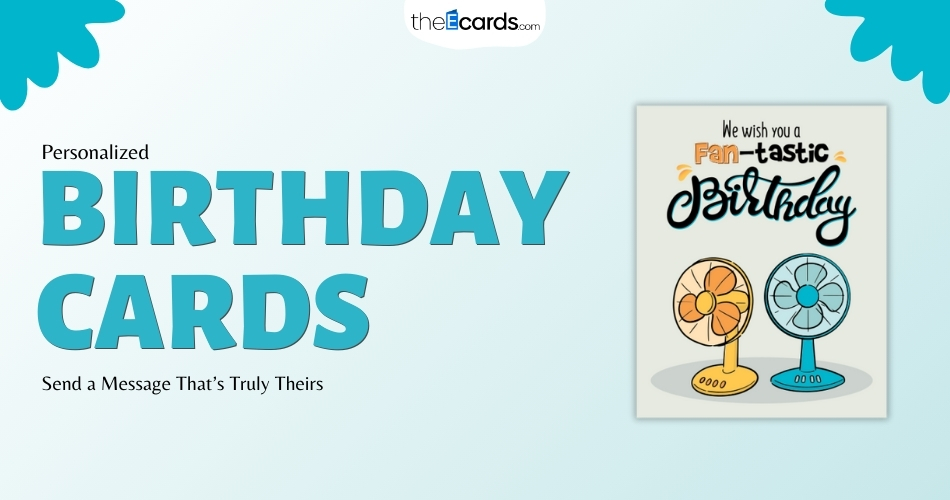Kolkata Metro Train: A Comprehensive Overview of Kolkata Metro Rail
Brief
Kolkata Metro Train, the lifeline of the city, represents an iconic part of Kolkata’s infrastructure. The Kolkata Metro Railway, one of the oldest metro systems in India, has significantly improved urban mobility, offering a seamless travel experience across the city. With the Kolkata Metro Rail Corporation (KMRCL) overseeing its development and operation, this metro system has seen continuous growth, expansion, and modernization over the years. In this article, we’ll explore the history, development, operations, and the future of Kolkata Metro Train services, highlighting the contributions of the Kolkata Metro Railway to urban transit.
The Birth of Kolkata Metro Railway: The First of Its Kind in India
Kolkata Metro Rail holds the distinction of being the first-ever metro system in India. Its story began back in the 1960s when the city faced growing transportation challenges due to rapid urbanization. With increasing population density and traffic congestion, the need for a mass transit system became imperative.
In 1969, the Indian government decided to introduce a metro rail network in Kolkata. The primary aim was to ease the burden on Kolkata’s road transport system, offering a reliable, fast, and eco-friendly alternative for commuters. The first stretch of the Kolkata Metro Rail, running from Bhowanipore to Esplanade, was inaugurated in 1984. This historic event marked the beginning of the Kolkata Metro Railway’s journey as the first city in India to have its own metro system.
The Kolkata Metro Train System: Development and Expansion
The initial success of the Kolkata Metro Train network led to continuous efforts to expand and modernize the system. Over the years, several new lines were added, and the network’s reach broadened to cover various parts of Kolkata and its suburbs.
The first phase, consisting of just one line (the North-South Corridor), was initially 3.4 kilometers long. Today, the Kolkata Metro Train network is significantly larger, with more than 40 kilometers of tracks spread across multiple lines. It serves as a vital mode of transport, covering key areas like the North-South Corridor, the East-West Corridor, and other future extensions, ensuring better connectivity between various neighborhoods.
Some of the critical phases of expansion include:
- North-South Corridor (Blue Line): Initially extending from Kavi Nazrul to Dakshineswar, it now stretches from Noapara to Kavi Nazrul and further continues to Mahanayak Uttam Kumar. This expansion offers a direct link between the northern and southern parts of Kolkata, easing commuter congestion.
- East-West Corridor (Purple Line): This new addition provides a much-needed link between Salt Lake Sector V and Howrah Maidan, further improving accessibility for residents from the eastern suburbs.
- Joka to BBD Bagh Corridor (Pink Line): In the pipeline, this upcoming corridor will connect the southern regions like Joka to the central parts of Kolkata.
Apart from these existing lines, the Kolkata Metro Railway has ambitious plans for future expansion, which includes the introduction of new lines and extensions to improve the system’s capacity, connectivity, and overall efficiency.
The Kolkata Metro Rail Corporation (KMRCL)
The operations and maintenance of the Kolkata Metro Railway are overseen by the Kolkata Metro Rail Corporation (KMRCL), a state-owned organization formed in 2010 under the Ministry of Railways. KMRCL plays a pivotal role in the planning, construction, and management of the metro network in Kolkata.
KMRCL is responsible for ensuring the safety, reliability, and efficiency of the metro services. With advanced technology and modernized operations, the corporation has introduced several innovations to improve the passenger experience, such as automated ticketing systems, real-time tracking of trains, and better crowd management at stations.
The East-West Corridor, a major infrastructure project by KMRCL, is one of the most significant advancements in the city’s metro system. The completion of this corridor will offer passengers the convenience of crossing the Hooghly River, reducing travel time between East and West Kolkata.
Kolkata Metro Train Services and Operations
Kolkata Metro Trains are designed to cater to a large number of passengers, with daily ridership surpassing 700,000 commuters. The metro trains are an affordable and efficient means of transportation for residents and tourists alike.
Trains run regularly with a frequency of around 5 to 10 minutes during peak hours, and 15 minutes during non-peak hours. The modern fleet includes both driver-operated and automated trains, offering a smooth and hassle-free ride for passengers. The trains are air-conditioned in certain corridors, ensuring a comfortable journey despite Kolkata’s hot and humid weather conditions.
One of the major advantages of the Kolkata Metro Rail system is its punctuality. The trains typically run on time, offering a reliable option for commuters to manage their daily schedules efficiently. This has made the metro a popular choice, especially for office-goers, students, and individuals traveling to educational and medical institutions across the city.
Read Also – Kolkata Metro Rail Timetable
The Benefits of Kolkata Metro Railway
The Kolkata Metro Railway provides a multitude of benefits to the people of the city and the overall environment. Here are some of the key advantages:
- Reduction in Traffic Congestion: The metro rail has been instrumental in reducing road traffic congestion in Kolkata. With thousands of cars and buses off the roads, the metro helps decongest city streets, leading to better traffic flow and less pollution.
- Eco-Friendly Transportation: Metro trains are an environmentally sustainable mode of transport. They produce far fewer emissions compared to buses or cars, making them an eco-friendly alternative for daily commuting.
- Time Efficiency: Kolkata Metro Trains offer quicker travel times between distant areas compared to surface transport. The elevated and underground lines bypass road traffic, significantly reducing the time needed to travel across the city.
- Affordable and Accessible: The fare structure of the Kolkata Metro Train is designed to be affordable, ensuring that a wide demographic can benefit from the services. Moreover, the stations are equipped with facilities for senior citizens and differently-abled passengers, making the system accessible to everyone.
Future Plans and Expansion
Kolkata Metro Railway continues to evolve. With the increasing population of Kolkata and surrounding regions, the demand for efficient mass transit will continue to grow. The Kolkata Metro Rail Corporation has ambitious plans to add new lines, including the East-West Corridor, the Yellow Line, and extensions of existing lines.
The introduction of semi-high-speed metro trains and the expansion of underground corridors are also part of the vision for the future. These advancements will increase the network’s capacity, reduce travel time, and cater to the growing needs of the city’s urban transport system.
Conclusion
Kolkata Metro Train has become an indispensable part of the city’s infrastructure, providing a much-needed alternative to road transportation. From its humble beginnings in 1984 to its ongoing expansion, the Kolkata Metro Railway has continuously adapted to meet the needs of the growing population. Managed by the Kolkata Metro Rail Corporation (KMRCL), the system offers a fast, reliable, and eco-friendly mode of transport that millions of people rely on every day. As the city continues to grow and urbanize, the future of the Kolkata Metro Train system looks promising, with new lines, modernized trains, and innovative services set to enhance urban mobility even further.




